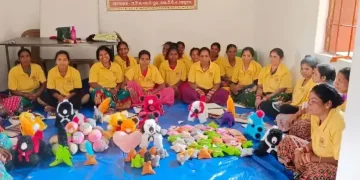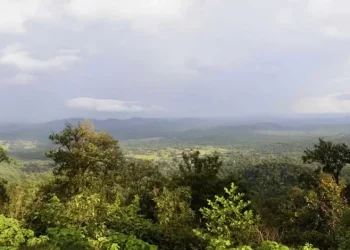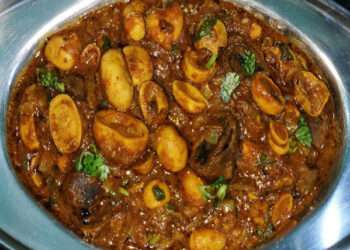Bhubaneswar
It is a proud day for Odisha. As many as seven products from Odisha on Thursday received the Geographical Indication (GI) tag. With the addition of seven more products, total count of GI-tagged products from the State now stands 25.
“Kapadaganda, the Dongariya Kondh Embroidered Shawl from Rayagada district, has been officially recognised with a Geographical Indication (GI) tag. It was registered by Niyamgiri Dongoria Kandho Weavers Association & the Advisor-Cum-Director and Special Secretary to Govt, Directorate of SCSTRTI,” the ST & SC Development Department tweeted.
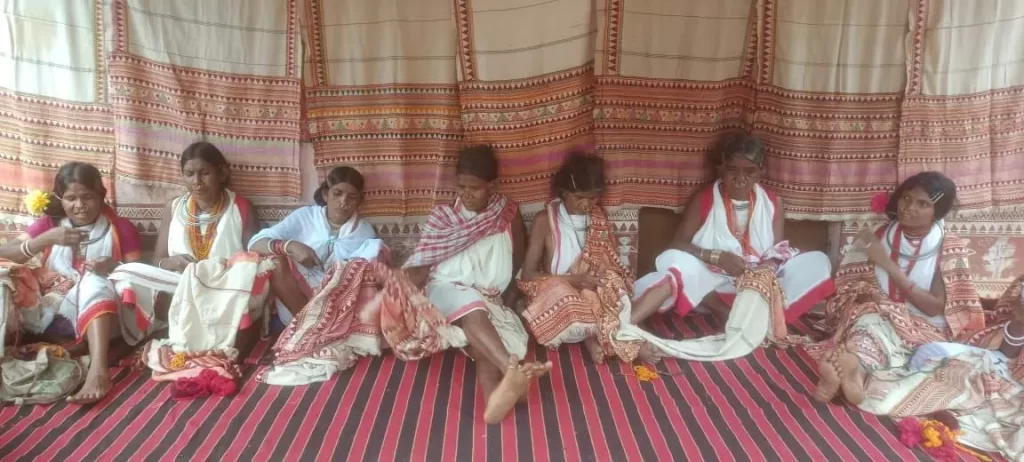
“Odisha’s ST/SC Department played a crucial role in making this happen! This beautiful traditional craft represents the rich cultural heritage of the Niyamgiri Dongoria Kandho community, showcasing their skilled craftsmanship,” it stated.
“It’s among 7 GI-tagged products from Odisha. On Jan 3, applications were registered by Chennai-based GI Registry, under the Ministry of Commerce & Industry, the national authority for GI registrations,” it added.
In a Facebook post, the State ST & SC Development, Minorities and Backward Class Welfare Department said the women of Dongaria Kondh particularly vulnerable tribal group (PVTG) living in Niyamgiri Hills of Rayagada and Kalahandi districts craft embroidery shawls, which are gifted to guests as a mark of respect and affection.
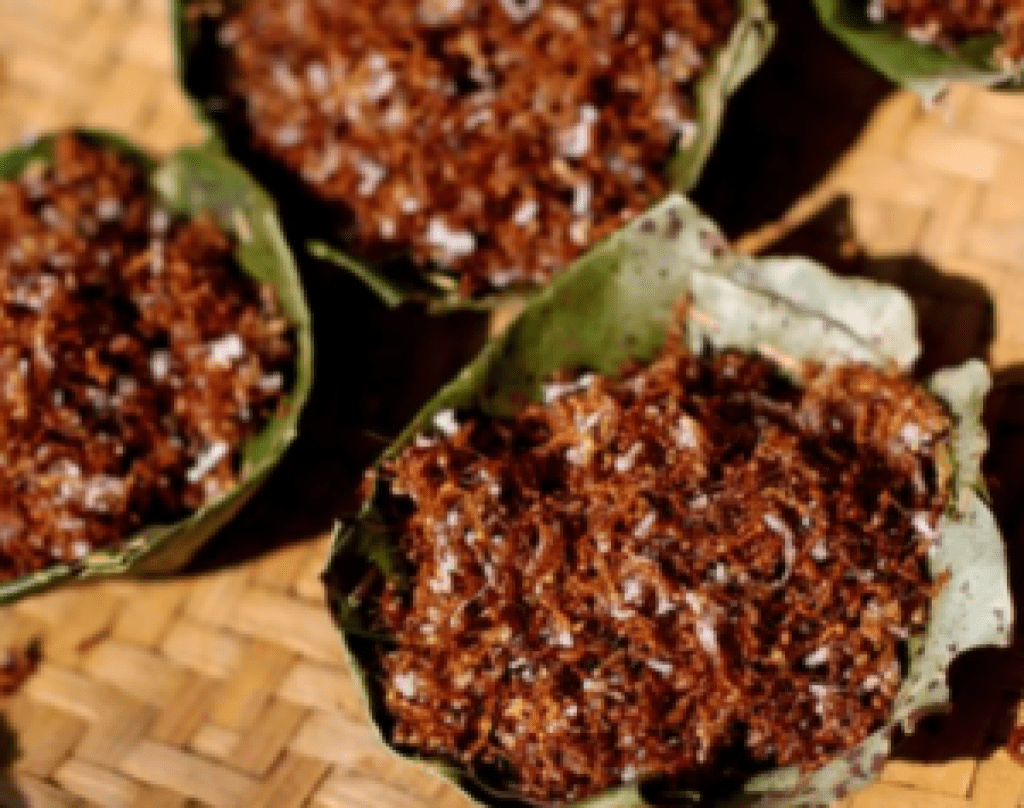
Besides the Dongariya Kondh embroidered shawl, the other six products to get the GI tag are Lanjia Saura painting, Khajudi Guda (jaggery), Dhenkanal Magji (food), Similipal Kai Chutney, Nayagarh Kanteimundi Brinjal and Koraput Kalajeera Rice.
In another Facebook post, the Department announced, “The paintings of Lanjia Saura (Idital) from Odisha have officially earned GI status. The art form belongs to the ‘Lanjia Saura’ or ‘Lanjia Savara/Sabara’ tribe, one of the PVTGs of Odisha’s Rayagada district. The paintings were originally in the form of exterior murals in tribal homes. The pattern was white paintings over a crimson maroon background.”
Similarly, ‘Kalajeera Rice’ is grown by tribal farmers in Koraput district. This particular variety is in demand as locals believe it has medicinal properties such as improving memory, controlling diabetes and increasing haemoglobin levels.
The Similipal ‘Kai Chutney’, made from red weaver ants, is consumed by tribals in Mayurbhanj district. The chutney has nutritional value, it is said. It is believed to be rich in proteins, calcium, zinc, Vitamin B12, iron, magnesium, potassium, sodium, copper and 18 amino acids and boosts the immune system.
In neighbouring Chhattisgarh, a similar red ant chutney popular in tribal-dominated Bastar district and called Chapda has been made famous by celebrity chef Gordon Ramsay.
As for the ‘Khajuri Guda’ or jaggery that originated in Gajapati district, it is a natural sweetener obtained from date palm trees while Magji, a sweet item from Dhenkanal district, is made of buffalo milk cheese.
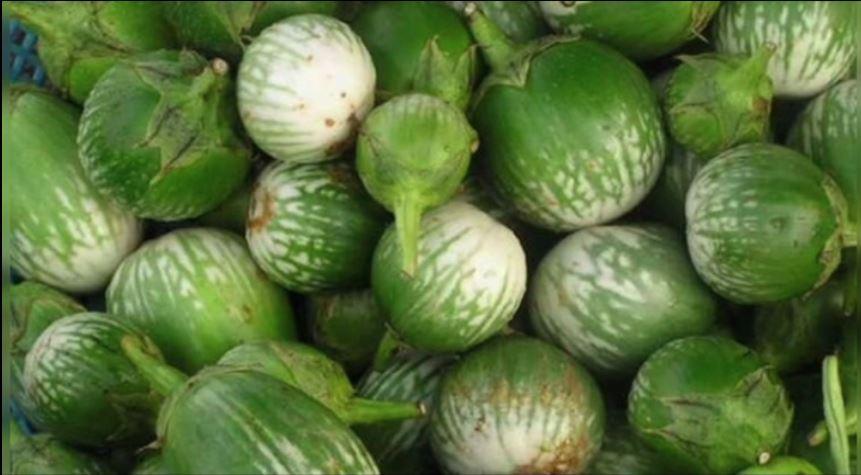
The Kanteimundi Brinjals, which has seeds and prickly thorns, is said to have originated in Badabanapur and Ratnapur areas of Nayagarh district and has a unique taste.

















